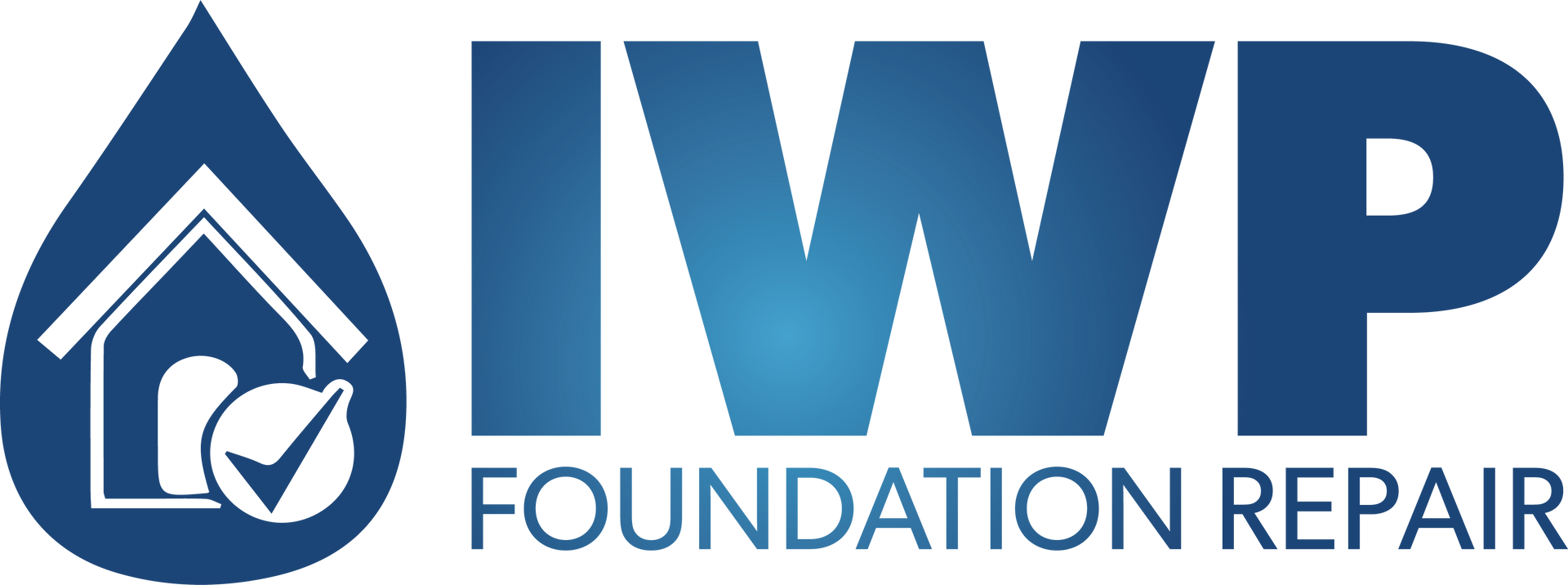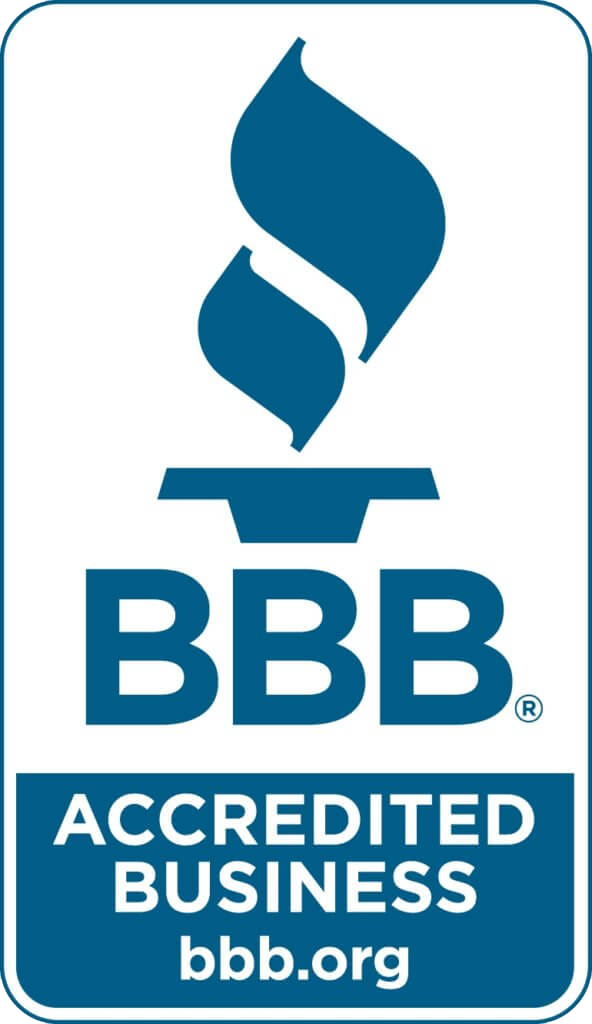Dispelling Common Misconceptions About Indoor Waterproofing
Dispelling Common Misconceptions About Indoor Waterproofing
Indoor waterproofing is a critical aspect of maintaining the structural integrity and longevity of a building. However, there are several misconceptions surrounding this topic that can lead to ineffective solutions or unnecessary expenses. In this blog post, we will debunk some of the most common myths associated with indoor waterproofing and provide insights into the best practices for keeping your indoor spaces dry and protected.
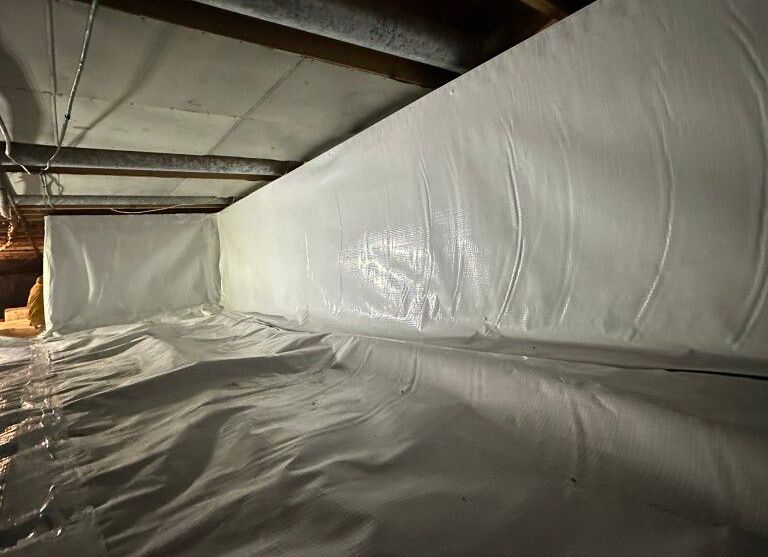
Myth 1: Waterproofing is Only Necessary for Basements
One of the most prevalent misconceptions about indoor waterproofing is that it is only needed for basements or below-ground structures. While basements are indeed susceptible to water infiltration due to their below-grade position, other areas of a building can also be at risk. For instance, crawlspaces, foundation walls, and even above-grade areas such as bathrooms and kitchens can experience water damage if not properly waterproofed.
Myth 2: Waterproofing is a One-Time Fix
Another misconception is that waterproofing is a one-time solution that last indefinitely. In reality, waterproofing systems require maintenance and periodic inspections to ensure their effectiveness over time. Factors such as soil settlement, shifting foundations, and natural wear and tear can compromise the integrity of waterproofing membranes and sealants, making it necessary to reapply or repair them as needed.
Myth 3: DIY Waterproofing is Sufficient
While there are many DIY waterproofing products available on the market, attempting to waterproof your indoor spaces without professional guidance can be risky. Improper application of sealants or membranes can lead to ineffective waterproofing and may even exacerbate existing issues by trapping moisture inside the walls or foundation. Consulting with a qualified waterproofing contractor is essential to ensure that the right materials and techniques are used for your specific needs.
Myth 4: Waterproofing is Expensive
While the upfront cost of waterproofing may seem significant, especially for larger structures or extensive repairs, it is important to consider the long-term savings and benefits. Water damage can lead to costly repairs, structural instability, and health hazards such as mold growth. Investing in professional waterproofing can help prevent these issues and ultimately save you money in the long run.
Myth 5: Exterior Waterproofing is Always Better Than Interior Waterproofing
There is a common belief that exterior waterproofing is superior to interior waterproofing because it prevents water from entering the building in the first place. While exterior waterproofing can be effective in certain situations, such as new construction or major renovations, it is not always feasible or cost-effective. Interior waterproofing methods, such as interior drainage systems and sealants, can provide an effective barrier against water intrusion and are often more practical for existing stuctures or smaller budgets.
Myth 6: Waterproofing Only Addresses Water Seepage
While waterproofing is primarily aimed at preventing water seepage into indoor spaces, it can also offer additional benefits such as improved air quality and energy efficiency. By creating a moisture barrier, waterproofing can help reduce the risk of mold and mildew growth, which can have adverse effects on respiratory health. Additionally, a properly waterproofed building is better insulated and less prone to temperature fluctuations, resulting in lower energy bills and increased comfort for occupants.
Indoor waterproofing is a crucial aspect of building maintenance that is often misunderstood. By debunking common misconceptions and understanding the importance of professional waterproofing services, property owners can protect their investments and ensure the long-tern durability of their indoor spaces. Whether it's a basement, crawlspace, or above-grade area, investing in effective waterproofing solutions is essential for keeping buildings dry, safe, and structurally sound.
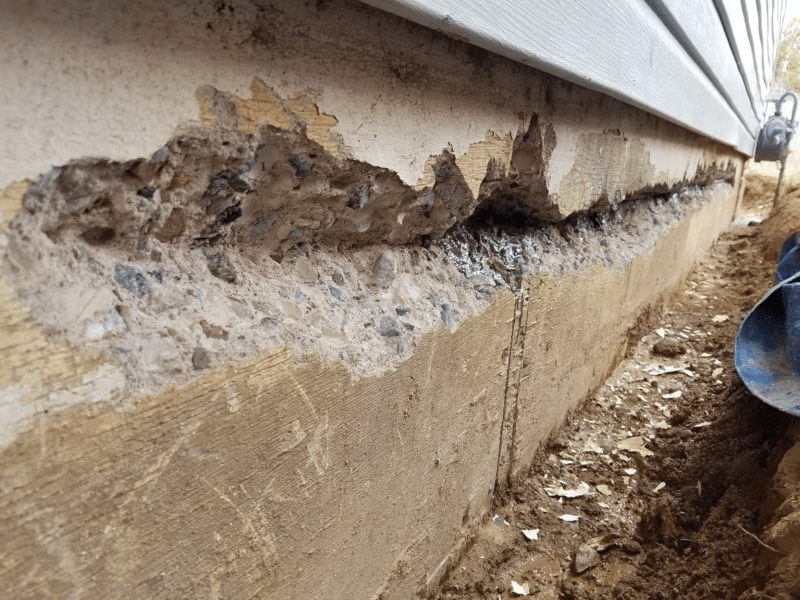
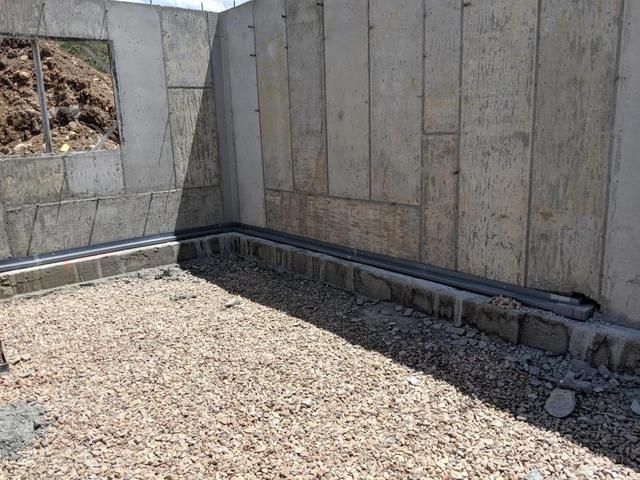


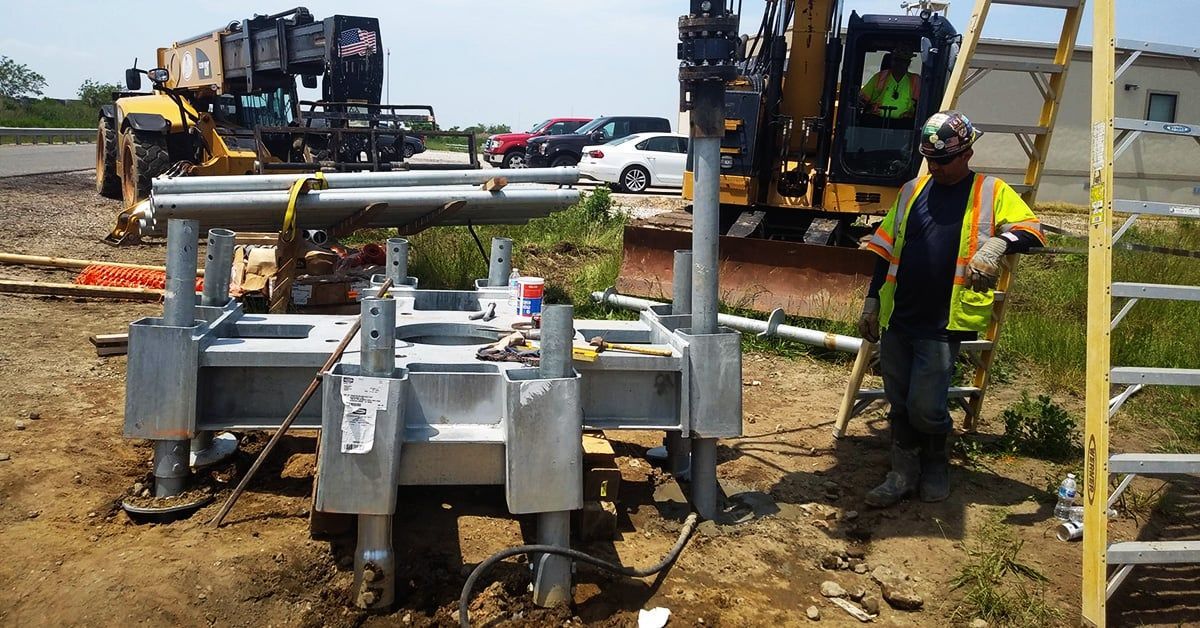





HAVE PEACE OF MIND WITH IWP FOUNDATION REPAIR
With over 30 years of combined experience in the business, you know that you can trust our team to get the job done right the first time. We value the customer experience, which is why we take the time to listen to your concerns, answer all your questions, and explain the best plan of action for your home. If you’ve noticed any foundation issues at all, no matter how minor they seem, you should call a professional. Our expert team is waiting for you, so call today for a free evaluation!
